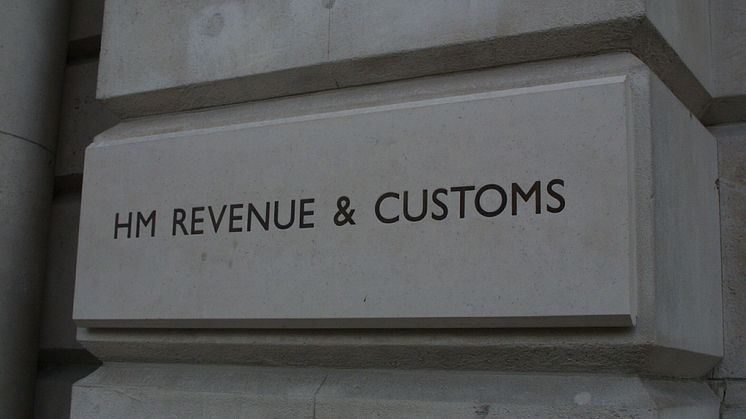
Press release -
Tax credits error and fraud reduced to an all-time low
Error and fraud in the tax credits system has been reduced to its lowest level since tax credits were introduced in 2003.
Official statistics released today by HM Revenue and Customs (HMRC) estimate that tax credits error and fraud has dropped from £2.27 billion in 2010-11 to £1.26 billion in 2013-14.
Practical measures such as simplifying the tax credits system, better monitoring of changes in income through the real time information system, and improved detection of fraud have all contributed to this success.
The Financial Secretary to the Treasury, David Gauke said:
"Tax credits play an important role in supporting working people – most of those who receive them are honest and rightly want to know that others cannot get away with incorrectly claiming them. Today’s figures are another step in the right direction.”
Notes to editors:
- The figure for 2012-13 has also been revised down from 7 per cent to 5.3 per cent.
- This means that HMRC has halved error and fraud in the tax credits system since 2008-09, and has cut the cost to the taxpayer by £1 billion since 2010-11.
- The full Child and Working Tax Credits error and fraud statistics 2013 to 2014 are available on GOV.UK: https://www.gov.uk/government/statistics/child-and-working-tax-credits-error-and-fraud-statistics-2013-to-2014
- A progress report on tackling fraud, error and debt in the benefits and tax credits system over the last 5 years, and planned future improvements is available here (published 26 March 2015): https://www.gov.uk/government/uploads/system/uploads/attachment_data/file/417718/tackling-fraud-error-debt-benefit-tax-system.pdf
- Follow HMRC Press Office on Twitter @HMRCpressoffice
- HMRC's Flickr channel: www.flickr.com/hmrcgovuk
Related links
Topics
Categories
Issued by HM Revenue & Customs Press Office
HM Revenue & Customs (HMRC) is the UK’s tax authority.
HMRC is responsible for making sure that the money is available to fund the UK’s public services and for helping families and individuals with targeted financial support.

